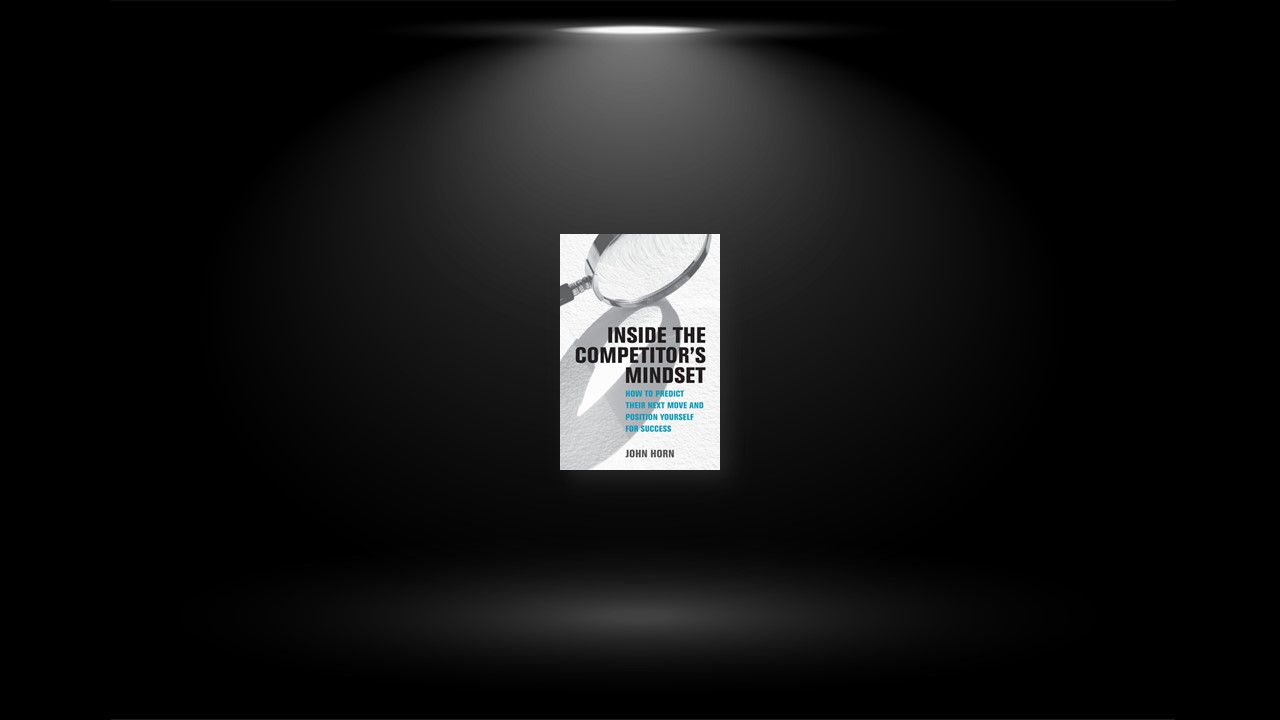Lesson 1: Build a Diverse Team
Several archaeologists (and paleontologists) mentioned the value of graduate students on the team. While there was acknowledgment of certain university requirements to provide graduate students with training, there was also the understanding that they come with a different perspective, in particular being more in touch with the leading technologies. Their inexperience in the field also allows them to see and interpret things with a fresh perspective.
archaeological sites exist all over the world, and the people that created them years ago did not all have the same worldview. For example, Western societies have different mindsets than Native American and First Nation tribes, where rocks, trees, and wind have spirits and need to be treated with respect. There is an inherent bias that can come into play when Western-educated researchers try to explain other cultures from their own viewpoint. Instead, they need to view the culture and site from the mindset of the society at the time.
As a competitive analyst, look for a coherent answer between all the perspectives on your team. Include strategists, supply chain experts, marketers, and individuals with different cultural backgrounds and of different genders to provide you with a broad set of perspectives. As an archaeologist shared, knowing there has to be a coherent answer among all the perspectives helps—there must be something that ties everything together to explain all the different pieces the previous society left behind. There was a physical event in the past that everyone can put their unique perspective on, and that physical event must have been a product of all the different inputs from the individuals living in that culture. Use your diverse team to triangulate on the common explanation for why the competitor is behaving the way they are.
Lesson 2: Know the Question You’re Trying to Answer
Archaeologists do background research before digging. The more they know about the site, the less time they need to spend excavating, which is the expensive part of the research. They also talk with people on the ground in the location of interest, including nonarchaeologists and those who are avocationally or nonprofessionally interested in the field. The archaeologists ask what those others have found in the area and what stories they’ve heard from people living there. Reading widely helps too—both within the field and outside of archaeological literature—to challenge assumptions. While reading about the downfall of General Electric, one archaeologist framed the lessons on conglomerates, organizational structure, management culture, and managers in terms of the implications for understanding the downfall of ancient societies. As another archaeologist put it, think outside the trench.
For the business strategist, the takeaway is you must have a clear question about your competitor that you are trying to answer. Is it a question you can address, such as what is the impact of their social media campaign on their future product portfolio shifts? Or is it one that is much harder to assess, such as what is the impact of their personnel policies on employee satisfaction? As you collect more data, update the questions you ask—say, shifting to how their influencer connections could lead to new beauty care products in Europe. As you prove or disprove hypotheses, update your beliefs about the competitor.
Lesson 3: Be Systematic When Collecting
Competitive strategists should be collecting lots of information on their competitors from many different sources, both within and outside of the organization. It’s a challenge to get the appropriate data to understand competitors, but it’s also hard to put your hands on the right data at the right time to create actionable insights. Competitive insight analysts often don’t have the luxury of being able to interrogate the information sources again, so the data needs to be collected accurately and comprehensively from the start.
Rule number one is to have a process to follow and to document everything excessively and thoroughly. As the detective said, unorganized cases don’t get solved. Paleontologists collect immense amounts of data when they’re “in the field.” They don’t have to analyze all of it initially, but they like having it in case they need to answer those questions in the future. It’s very hard to return and capture data again, so if you’re there and it’s available, you should get it. You never know what data you will need tomorrow when you collect today. To help with that, have a detailed list of what you plan to collect so you don’t get distracted when you’re in the field. This has the added benefit of freeing up your mind to explore tangents without getting lost down the rabbit hole.
sometimes you don’t want to collect all potential data—in their case by deciding not to perform a certain test. If the fetus in the mother has an abnormal brain scan, say, at thirty-two weeks, then they could use the MRI machine to figure out why. But if it doesn’t change anything in the next eight weeks or upon delivery, it would be better to wait until after delivery to perform the scan. There are always test you could do. Families always want answers right now, and the inclination is to help provide those answers. But sometimes it’s a better use of resources to wait to collect superior data that will provide more insight.
This is a valuable lesson for the business strategist who is being pressured to assess a competitor. Others in the organization want to know right now what the competitor is doing, often because the organization itself is planning to make a strategic move. But sometimes you need to hold off and get a better answer in a couple of weeks when more data is available, especially if the answer is not time critical. And even if the answer is time critical, you might be better off making a prediction based on the information at hand and then updating in the future once new information is revealed (e.g., the competitor releases their quarterly earnings report). It is sometimes as valuable to decide what not to do when formulating strategy, and the same can apply to competitive insight.
Lesson 4: Measure Things Correctly
A corollary challenge to systemically collecting data is the issue of whether you are measuring things correctly. Mismeasurement can provide you with the wrong conclusions about your competitor, which makes the data collection effort irrelevant.
The NICU nurses shared how they use the metric system to measure the preemies’ length and weight as well as the measurements for medicine dosages. This is done even in the United States, where the metric system is not widely used because it is more specific. Remember, these are really small babies, so differences in a millimeter can matter. Precision and detail are critical because there is not a large margin for error. The prepackaged kits with medical instruments come in a range of sizes covering birth weights from 500 g (about 1 pound) up to 5 kg (about 11 pounds); it is not a one-size-fits-all endeavor.
The rate of fossilization in the Earth’s crust is not uniform. In particular, there are gaps between the “last” dinosaur fossils in the ground and the K–Pg boundary—with a perfect record, there should be fossils right at the boundary. They are not always there, which means time passed between the last fossil being created and the end of the dinosaurs. That doesn’t mean the meteorite wasn’t the cause of their demise (that’s still the consensus) but that we don’t have perfect visibility into what happened in the final year they were on Earth. As you dig deeper, the gap between the current fossil and the next one down in the earth may be one thousand years. Those gaps in the data are not dissimilar to the gaps in available data on competitors—you need to adjust your insights for the time between observations to get a true picture (e.g., the pace of failed innovation attempts at the competitor since you can often only see the “wins” that make it to market).
Trust data quality over quantity. Business leaders have had “big data” ingrained as a mantra, but bigger is not always better. One paleontologist said certain databases are unreliable even though there is a lot of data, and thus they don’t provide better insights. Use data of better quality even if it is less abundant. You should ideally collect your own data instead of solely relying on predeveloped, third-party databases.
Lesson 5: Plan Explicitly What to Do with the Data
One paleontologist shared they always write down what they’re going to do when they get home from the dig site because they assume they’ll forget everything on the long trek home. What was the order we were going to look at the fossils? What were we going to compare them to? Who else was I going to contact for input? There are so many things you can do with the data that it’s easy to forget the plan if it’s not written down. For one study, they were searching for micro teeth in samples of soil they had collected. They used a standard process: take one cubic centimeter (cc) of soil and search it for teeth. Do that for a minimum of five batches. If you find at least five micro teeth, then you’ve got a hit and you continue adding one cc at a time. But if those first five cc don’t yield anything, move on to another sample. Without a definitive rubric, the team could get lost sifting through everything.
Another paleontologist shared that they focus on the data and initial findings that signify big orders of magnitude changes. If there is a significantly large change indicated, it’s either really important or a mistake. Either way, be sure you can explain that anomaly before delving into the data or else it will be harder to draw conclusions.
One archaeologist said that they focus on questions to falsify certain hypotheses. For example, was a site an economic or religious center? It’s hard to positively prove which one is correct, but if you can organize your data to show it couldn’t have been used as an economic center, then you have narrowed the potential set of explanations. If you have more confidence in knowing what you don’t know, then you can use that to set up where to look for falsification.
The warning from the archaeologists relates to the documentary evidence, or texts that were written at the time of the society being studied. It had been assumed that these written records were the correct answer for what was happening at the time and the related motivations. However, archaeological study sometimes tells a different story from those texts, partially because the written records were often created by the civilization’s “winners” and only rarely by those without power. You should definitely pay attention to what your competitor is saying—read their press releases—but
you should take their statements with a grain of salt. Compare what they say with the assets and resources they can use in addition to what you know about the individual decision maker.
As you build competitive insight, be sure you have a coherent plan for how the data collected will be used to analyze the competitor. Start with simple assumptions about the competitor and only add complication as needed, especially because the more complex the analysis, the harder it will be to find data and solutions and the harder it will be to communicate your insights to the rest of your organization.


